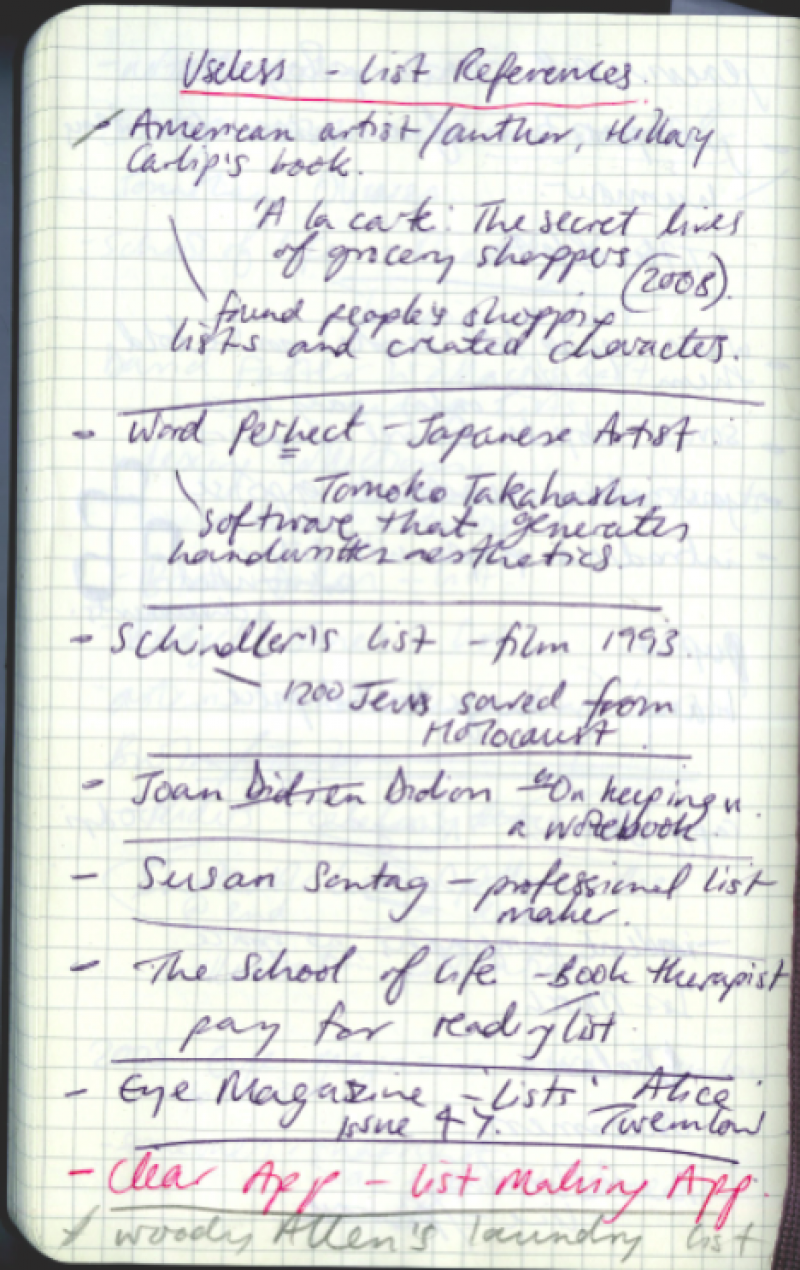Jigna Umeria is currently Communications Manager at global design and innovation agency Dragon Rouge. Jigna graduated from the Royal College of Art in 2012, where she spent her time analysing trends in design, communication and technology, as well as understanding consumer behaviour patterns and the identity of objects in the home.
J
Jigna Umeria
21.09.2014
The Lobster Clasp (1) – A Forgotten Mechanism (2)
Oversized fingers struggle to hold the delicate clasp hidden behind the neck. Hair strands become a forest for the fingers to fiddle through. Your cumbersome thumb repeatedly attempts to hold the tiny lever down long enough to hook the ring but always slips too soon. (3)

The clasp is as important as the pendant it holds. (4)
(5)
Taking the necklace off is always easier than putting it on. Your thumb does not slip. The ring leaves the hold of the clasp easily.
(6)
The larger forms of the lobster clasp sit comfortably in the hands. The internal mechanism plays a sound as your thumb presses down the lever for the opening to widen and then snaps closed when released.
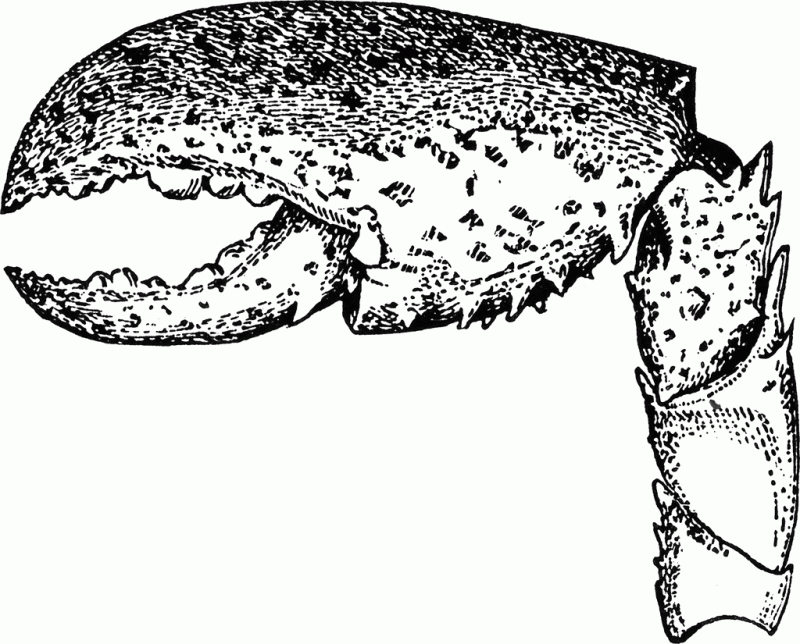
The tactile action of repetitively pressing the lever and releasing it gives a simple sense of satisfaction until your thumb aches from this childish play.
Like clicking the end of a biro, the spring is made tired.
Your thumb is left with a little dent where the tip of the lever has rested.
Sporadically your finger is caught in the gap that the lever moves within.
The exhausted muscle in your knuckle stops you from pressing the lever again. The cheap metallic smell it leaves on your hands is sweet yet unpleasant, toxic and irritating, a reminder of the material’s industrial qualities. (7)
When the lobster clasp finds itself attached to a bag strap, there is tension along the chain the clasp has become a part of. The weight of the bag pulls the clasp to move accordingly. (8)
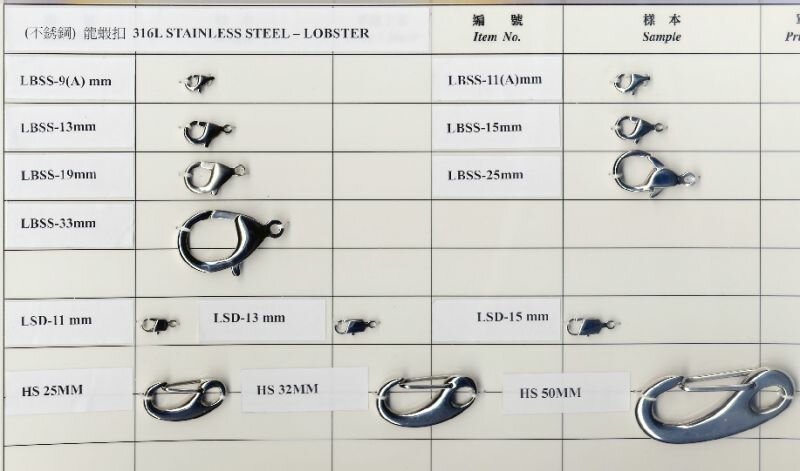
When the bag is not held the clasp lies lifeless. In the future the clasp will outlive the bag, yet will still be made redundant, as it is no use on its own. They rarely exist alone. (9)
A middle-sized lobster clasp can be found hidden amongst a cluster of keys at the end of a key ring.(10)
The various sized clasps form a family of differing personalities and purposes all based on the elegant shape of a lobster’s pincher claw. (11)
1
The lobster clasp is an elongated version of the classic ring clasp. The modifications were made in the late 1970s to make the new body sturdier than its predecessor. It is commonly found on western jewellery, keys rings and on bag straps.
2
Like the hinge on a door or the brass studding along the edge of a leather armchair the lobster clasp simply functions, often unnoticed or hidden.
3
The clasps are designed to exist firmly closed. Like the form of a book, it rests as a closed object but is redundant if it remains like this. The difficulty in opening the clasp is an inconvenience yet offers assurance and security.
The clasp should be at the front and made a show of.
4
The word clasp has a sense of urgency or importance about it. The clasp on a necklace can hold someone’s most sentimental belonging. The hidden clasp is as precious as what it holds.
5
If the metal hook on dangly earrings were a lobster clasp it would solve the problem of the butterfly falling and disappearing. But perhaps butterflies are better suited to sit behind the ear and a lobster, to secure, hold and protect an adornment of the neck.
The lobster clasp is shaped like an ear but an ear clasp doesn’t seem like something that would snap close or hold anything too tightly.
6
In eastern cultures the lobster clasp is not used as much. In some places an adjustable string and thread mechanism is used and in others knotting mechanisms are used to adjust necklaces over the head and tightened accordingly.
7
This elegant three-part object is the result of several perfected industrial manufacturing processes. The shell is stamped out from a strip of sheet metal and spat out by a customised dye. Leaving behind a train track like pattern along the strip, the shells fall amongst an anonymous pile. Three shells are picked by hand and placed into a mould to be folded with exact precision. They begin to take form and are welded individually. The lever is pressed into shape and the spring coiled.
The shell, lever and spring are pieced together. From a thin strip of sheet metal a three dimensional form is made.
8
The addition of a rotary base permits the clasp to function better.
9
The clasp mechanism is always attached to another form, a door hangs off the hinge like a parasite and fabric smothers the anatomy of an umbrella.
10
Again, it has company. Sharp crocodile teeth cut keys are fed on to the clasp. The rotary base joins the clasp to an assortment of keys rings and personalised objects, memorabilia, branding, collections, rubbish, the unused and the unnecessary. The surrounding objects play a sound unique to that particular organised accumulation. There appears to be competition amongst the disarray, between sentiments and functionality.
11
A moving lobster cannot be ignored but the resting lobster clasp can go unnoticed.
20.07.2014
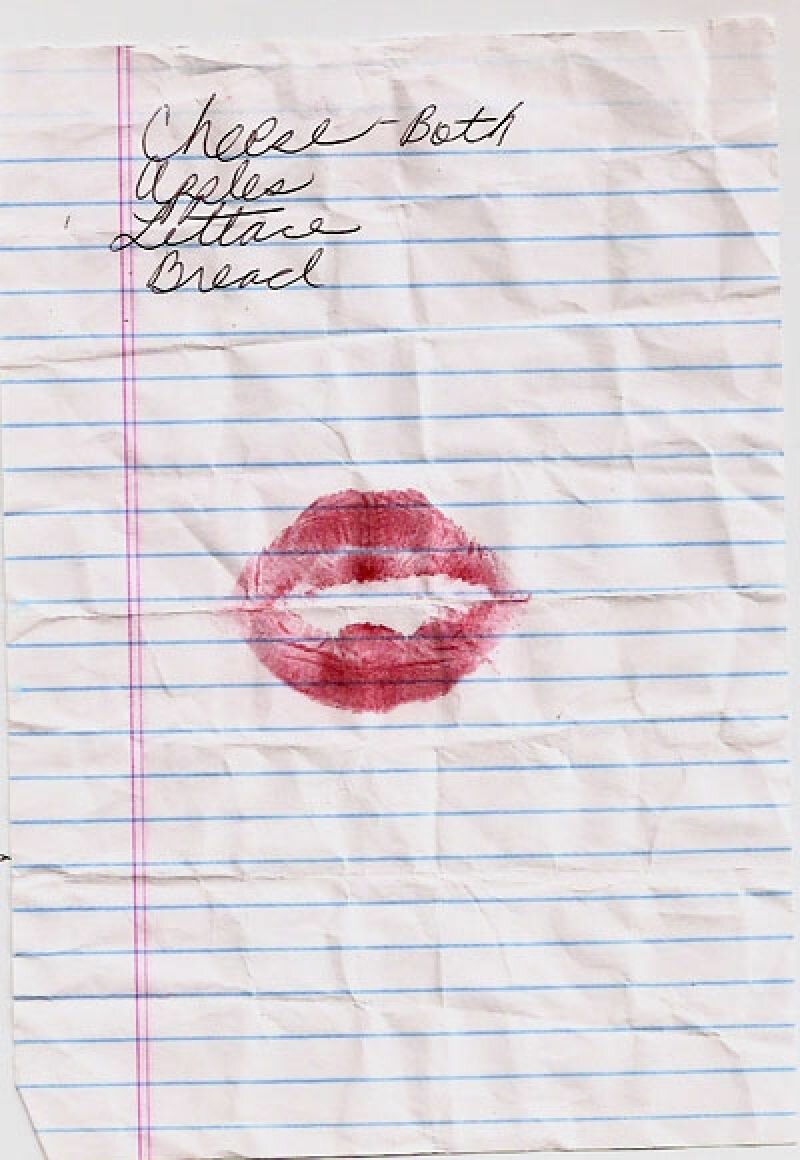
As entries, strike-throughs, spelling mistakes, re-entries, question marks, lists within lists, bullet-points, dashes, personalised bullet-points, squares, asterisks, circled entries, bold entries, ambitious entries and already-done entries are scattered across the page, the mind moves quicker than the pen to create this masterpiece in its initial form. Margins, the bottom of the list or the space in between the lines are an opportunity to add information that could not keep up with the mind or that were simply forgotten. At times, these secondary entries will appear in a different colour where an alternative writing tool has had to be used.
The creator of a list has no intention to design their thoughts but merely to order them visually in tangible form. The back of a card, an old envelope, some scrap paper, a notebook, a smart phone, a saved email draft, a train ticket or a post-it note provide the canvas for this mind montage to be drawn out.

The activity of list-making is both common to all yet entirely individualistic.There is a sense of urgency attached to something that is created on-the-go or in between activities and maybe it is the extent of this pressure that when making a list, normal writing conventions are ignored. Baselines are misused, words are written across them rather than on them; the ascenders on letters become muted; the descenders have added flamboyancy and the margins are no longer a no-go area for words but a place to fill with words, additional thoughts, numbers, sketches and question marks.
In a moment’s pause, a second thought is given to putting these thoughts into better order or form, perhaps in order of priority or alphabetically.This can be done at a later date. Sometimes, a complete re-draft of the list might be necessary. If it is a list of that type it can be prepared to make sense to others. It is at this point a design element might be added: colour coding, font selection, margin widths and line lengths.
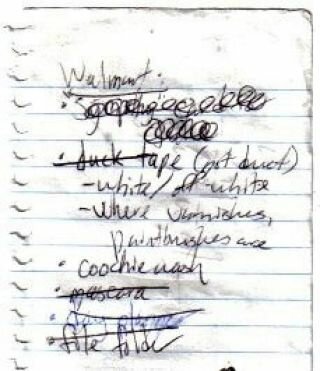
There is an unspoken hierarchy to the various forms of lists that surround us in our daily lives.Train times, shopping lists, gift lists, hate lists, wish lists, to-do lists, today’s food specials, contents pages, registers, stock lists, missing lists, menus and guest lists. The different forms of lists are matched and paired with a tried and tested format. Registers are done alphabetically; shopping lists by memory, train times chronologically etc.
When a list finds itself in the hands of someone other than its author, different aspects of it might be scrutinised. The graphologist looks at the space between the lines and the curves or flicks of the letters, the size of the capital letters, the margins around the texts and the slant of the handwriting. The artist dreams up the story that precedes the list and what might follow. The curious looks around to find its owner. And others disregard it.
When an individual has shown extraordinary qualities or talents, the contents of a list they have made might become valuable to others. The lives of great scientists, musicians, actors, writers or designers are retraced and dissected by making their diaries or notebooks public. Whilst the content of their home is on show so is the content of their minds. Private information, messily scrawled across the page with changes and errors, supposedly give insight into a frame of mind. A laundry list suddenly reveals secrets of their lifestyle, an unseen side to their character.
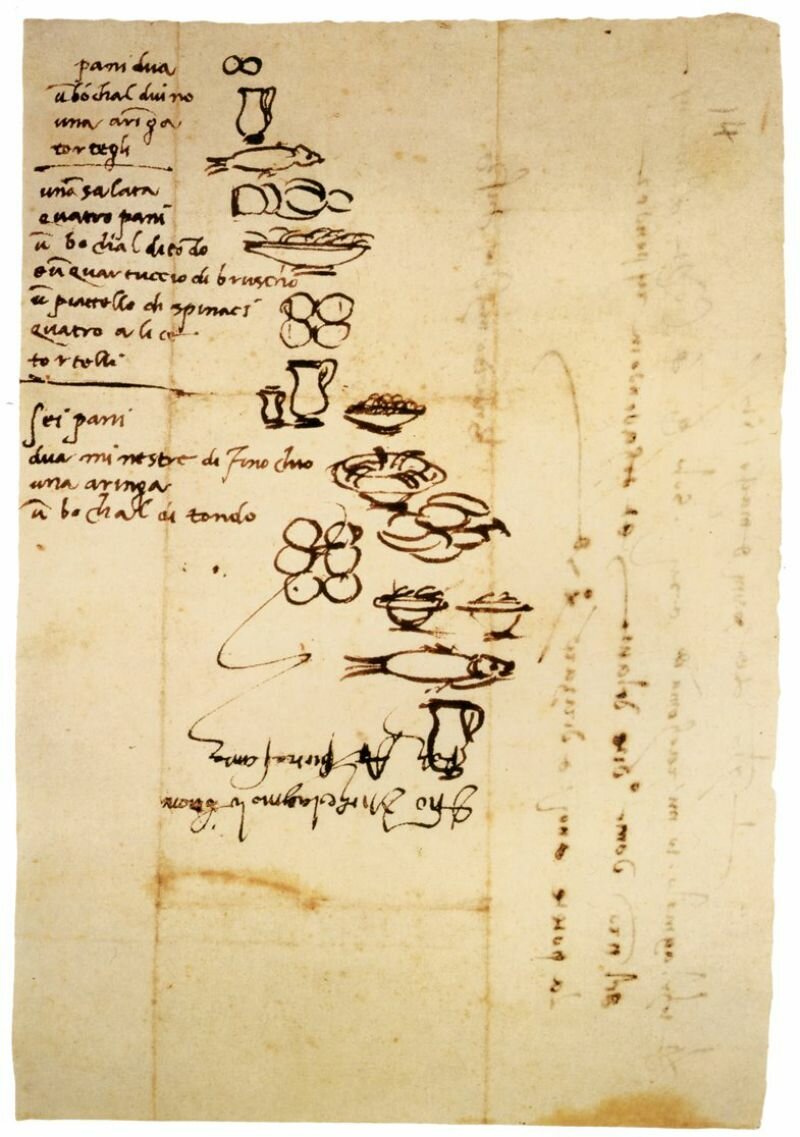
This information, analysis, format, or story is irrelevant to the author; the content is what is of interest to them. Their document is plagued with encryptions of coding, different methods of ‘crossing off’, ticks, strike-throughs and circles around ticks. Only some entries have numbers, where clearly an attempt at prioritising has been made. Some have dates next to them, for deadlines and finales, giving an added importance, a ticking reminder. These juxtapositions need not make sense to others.
Having been created, a list triumphantly sits at the top of important papers. It is versatile and can be used as a bookmark, a coaster or a space to sketch; it is embellished with important things, mustn’t forgets and mental notes. It ages well. Every mark on this creation is part of its existence. Folds in the page create creases across the unused printed lines; they battle with the thoughts sprawled across them. A new dimension is added to the form where the author has rolled the corners back and forth between their fingers.
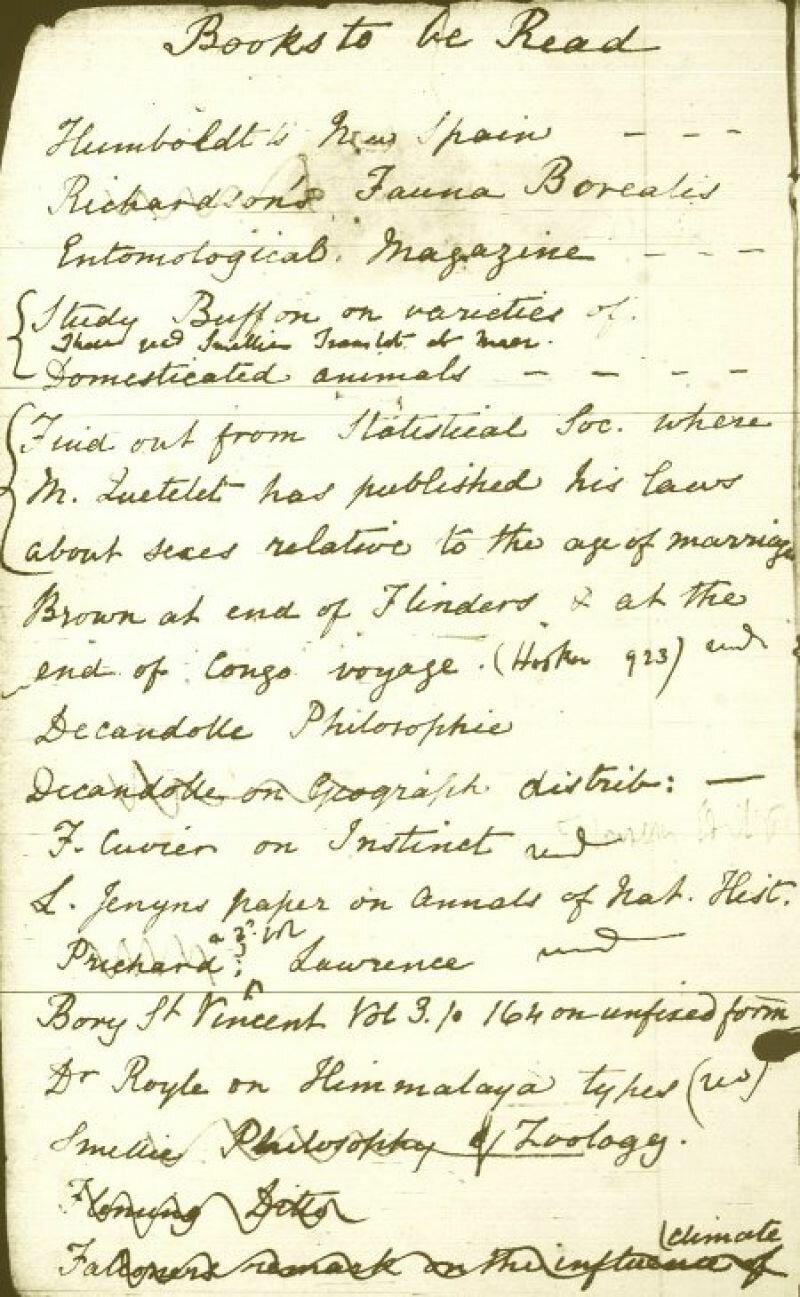
At the height of its usability, the list holds authority over its creator; unchecked items glare at you and make you feel guilty for the things you have not yet accomplished. A mutual resistance grows and other lists arise. Before the list has peaked it finds itself at the bottom of a bag, on a supermarket floor, wedged in a shopping basket, slotted in the corner of a sofa stuck to some crumbs, at the end of a book that was being read, in the shredder, at the back of another list, propping up a table, underneath a doodle, fallen on the pavement or sitting helplessly in the recycling bin, sitting next to the envelope that wasn’t chosen and another list that has efficient strikes through most entries.
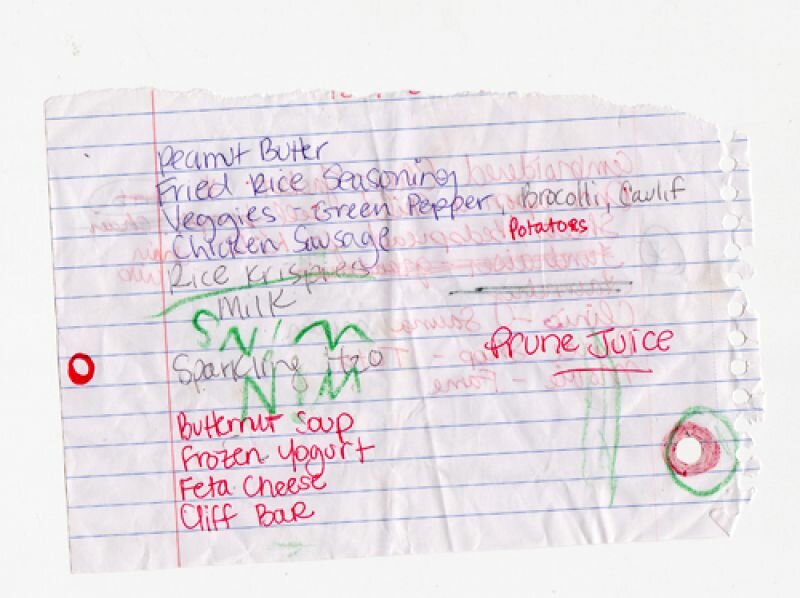
On the off chance that a list may be revisited or found again by its creator, they might experience the sense of satisfaction that comes with being able to cross off multiple items from the list. The single action of drawing a line, or the flicking of a tick enhances the achievement of completion.
